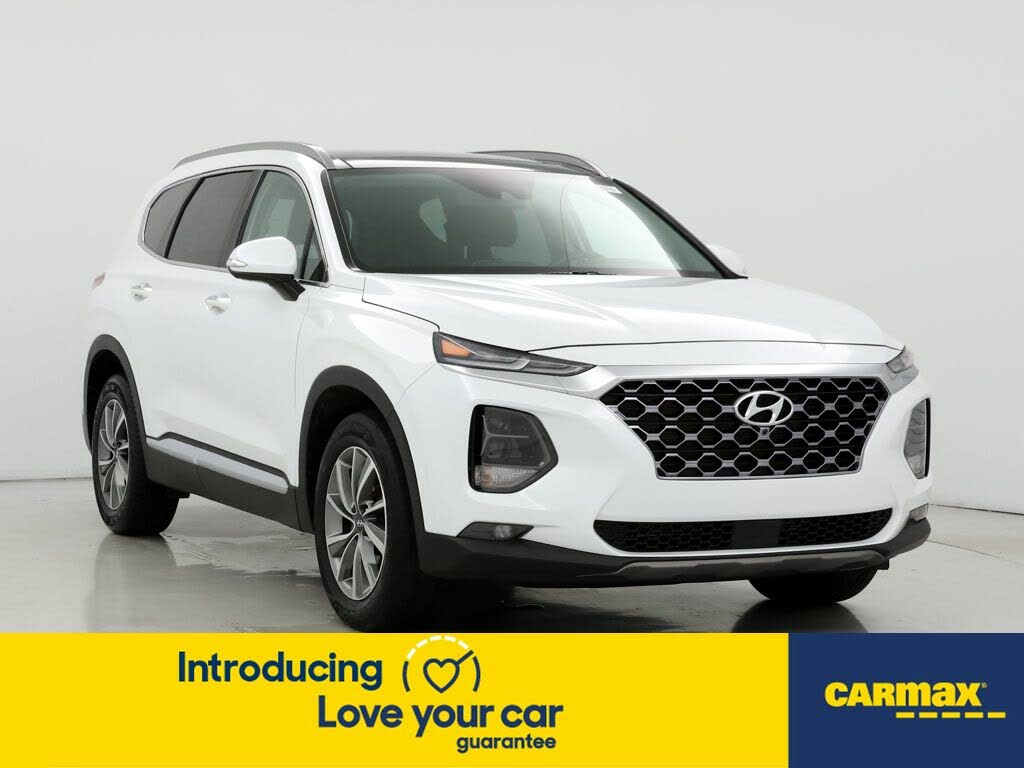
Inside, the one aspect of the Santa Fe that borders on the superlative is its relative roominess. This advertisement has not loaded yet, but your article continues below.

Now, a fuel consumption difference of four-tenths over 100 kilometres is hardly a reason to buy one vehicle over another - according to Natural Resources Canada’s official calculation, the difference is $104 per year - but since the Santa Fe is both less powerful and less likely to match official ratings (turbocharged engines almost always have a harder time replicating their official numbers than naturally aspirated engines) the Hyundai would seem to offer no advantages here. The Santa Fe, meanwhile, averages 12 in the city, 9.2 on the highway, and 10.7 overall. And yet, the Murano’s official Transport Canada overall fuel rating is 11.7 L/100 kilometres in the city, 8.5 on the highway, and 10.3 overall. The Nissan Murano boasts 25 more horsepower, from an engine with 1.5 more litres of displacement - both attributes that should really penalize the Nissan in the fuel economy department.

We have yet to test a Blazer or Passport (they're coming very soon), but both will feature V-6s and nine-speed automatics that look poised to dice with the Murano. As for the Sorento and Journey, their V-6s are quicker than Hyundai's 2.0T, and their naturally aspirated 2.4-liters are slower than Hyundai's. The base Ford Edge 2.0-liter EcoBoost engine outruns the up-level Santa Fe 2.0T by a tenth to 60, and of course the Edge ST's 2.7-liter EcoBoost blows all competitors into the weeds (6.1 seconds).

All Nissan Muranos get V-6 power that'll run rings around the 2.0-liter turbo Santa Fe in any weather, logging 0-60 times in the low sevens.


 0 kommentar(er)
0 kommentar(er)
